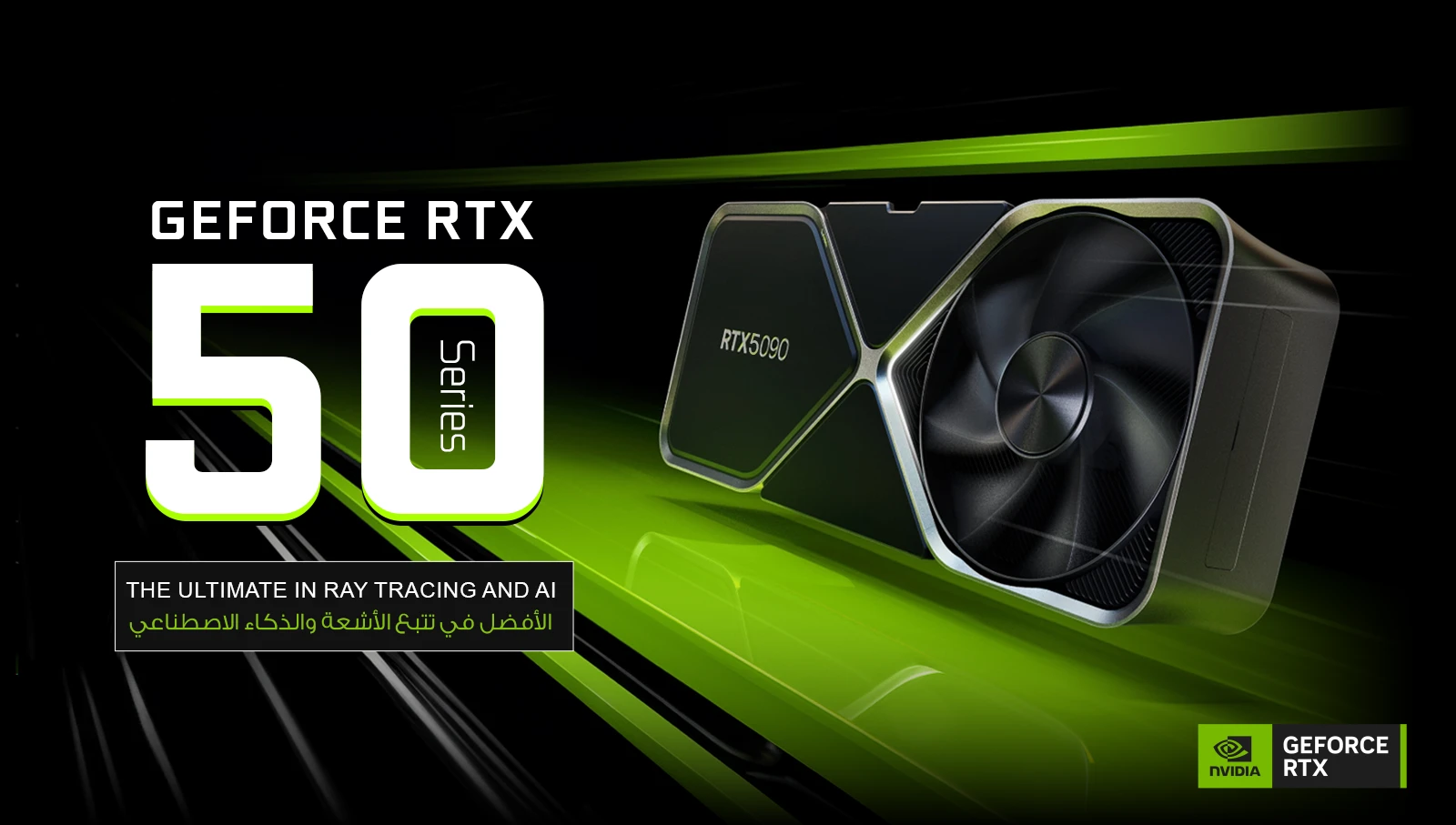NVIDIA GeForce RTX 50 Series Set for Early 2025 Launch: What to Expect

NVIDIA is gearing up for a big start to 2025 with the highly anticipated launch of its GeForce RTX 50 series, based on the "Blackwell" architecture. According to recent leaks, the company has planned a staggered rollout throughout the first quarter of the year, starting with the flagship RTX 5090 and RTX 5080 models in January. Here’s a quick breakdown of what’s coming:
1-January 2025: NVIDIA will unveil the RTX 5090 and RTX 5080 at CES 2025. The RTX 5090 is rumored to feature over 20,000 cores, a power consumption of 600W, and 32 GB of GDDR7 memory, providing a significant boost in gaming performance. The RTX 5080, with 10,752 cores and 16 GB of GDDR7 memory, will target high-end gamers who demand top-tier performance.
2-February 2025: Next in line are the RTX 5070 Ti and RTX 5070. These models are positioned for enthusiasts who seek powerful gaming experiences, with a price point expected above $500. They will still feature the cutting-edge GDDR7 memory and improved core configurations over their predecessors.
3- March 2025: The mainstream-focused RTX 5060 Ti and RTX 5060 models will be available, offering a more budget-friendly option for gamers. The 5060 series aims to compete directly with AMD's Radeon RX 8000 series, focusing on delivering a great balance of performance and price.
The entire lineup aims to establish NVIDIA's dominance across all gaming segments, from high-end to mainstream. However, as of now, there are no indications of a SUPER variant being released, which often comes as a refresh a year or two after the standard models.
Key Specs (Preliminary):
- RTX 5090: 20K+ Cores, 600W, 32 GB GDDR7, 512-bit memory bus.
- RTX 5080: 10K+ Cores, 400W, 16 GB GDDR7, 256-bit memory bus.
- RTX 5070: Estimated 12 GB GDDR7, targeting the high-end segment.
- RTX 5060: 128-bit memory bus, ideal for mainstream gamers.
With these launches, 2025 is shaping up to be an exciting year for gamers and PC enthusiasts. NVIDIA’s strategy seems to be focused on providing timely options to fit various budgets and performance needs, all while capitalizing on its Blackwell architecture’s advancements.
